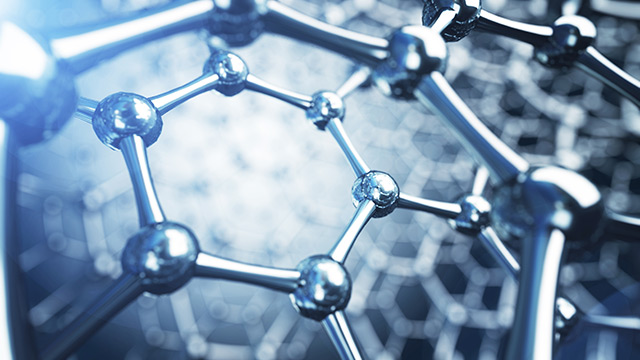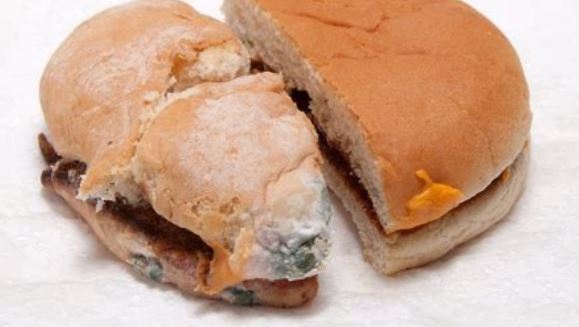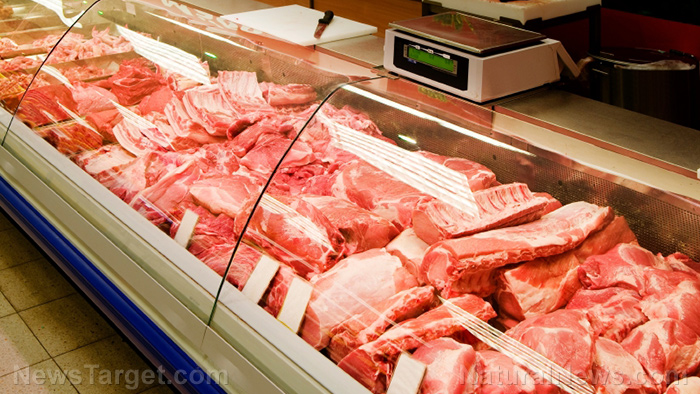
Do you think you will ever be able to eat your electronics? It's a strange concept, but it depicts a very real future situation wherein you'll have to decide whether or not it's okay to partake in edible electronics.
This is because of a new development created by a team of scientists from Rice University, wherein they managed to further enhance their laser-induced graphene (LIG) technology to produce foods that come with embedded electronic parts in them.
To be more specific, the scientists took their LIG techniques and effectively etched graphene patterns onto food items as well as other materials in order to put so-called conductive identification tags and sensors onto them. The etchings look like they might have been written on the items, but that couldn't be farther from the truth, according to the researchers.
James Tour, one of the resident chemists at Rice, clarified the basis of their technology. "This is not ink," he explained. "This is taking the material itself and converting it into graphene."
Indeed, the method is based on his lab's contention that it's possible to turn anything with the necessary carbon content into graphene, with the use of proper equipment and techniques. Ever since the lab discovered a way to turn Girl Scout cookies into graphene, they've tried looking for other ways to apply their findings.
As of this time's writing, the lab has managed to develop a method to quickly make graphene foam only through the use of a commercial laser that can transform the top layer of an inexpensive polymer film. It is said that the graphene foam is made up of microscopic, cross-linked flakes of graphene, which is basically a two-dimensional form of carbon. With LIG technology, it's possible to "write" directly on target materials and follow certain specific patterns.
The great thing about this is that the "target material" can be any one of a number of different things, including obvious items like paper and cardboard to cloth and even certain foods, such as toast.
The scientists set their sights on food items in particular as they were conducting their research. "Very often, we don't see the advantage of something until we make it available," said Tour. "Perhaps all food will have a tiny RFID tag that gives you information about where it's been, how long it's been stored, its country and city of origin and the path it took to get to your table." (Related: Clean water graphene breakthrough could allow millions to drink filtered seawater.)
Although the researchers also mentioned the possibility of adding sensors that can detect dangerous elements such as E. coli or other microorganisms on food by way of the trackable etchings, that could be a potentially dangerous setup. It could be dangerous to people's privacy, for instance. By eating food that can be traced, you could thereby expose yourself to being tracked as well.
Imagine eating one food item that came with an embedded RFID (radio-frequency identification) chip through the laser-etched graphene. Now, for some time after having eaten it, you could be tracked and it might be possible to tell exactly where you've been. From the type of food that you ingested to get the graphene inside your body, it could be possible to deduce other information such as the kind of food you prefer. It could open the door to many more potential privacy violations. And while the scientists may not intend for those things to happen, they're still a very real possibility.
For what it's worth, the scientists also managed to apply the same method onto other materials, such as paper and clothing. Perhaps those could be more suitable for laser-etched graphene applications instead.
Find out more about food science at FoodScience.news.
Sources include:
Please contact us for more information.





















